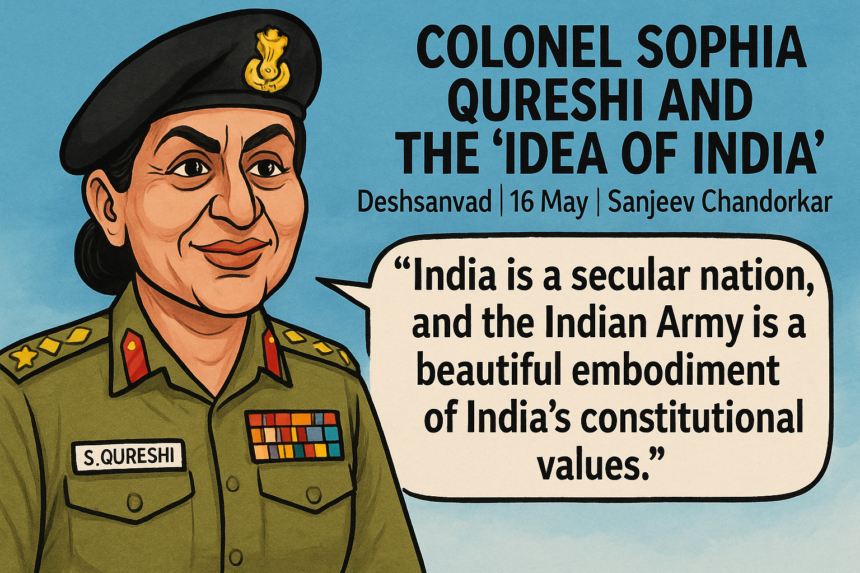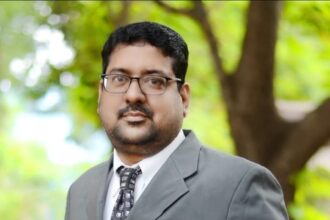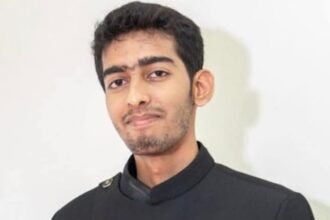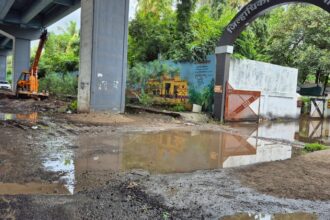Deshsanvad | 16 May | Sanjeev Chandorkar
(India news) “India is a secular nation, and the Indian Army is a beautiful embodiment of India’s constitutional values”—these words by Colonel Sophia Qureshi shine like a bright lightning bolt in the darkened times we live in today.
(India news) In 1947, our country achieved political independence from the British. But ultimately, a nation is an idea—an idea that must be built with life, flesh, blood, and strong bones. More importantly, it must be sustained generation after generation. In the complex and decades-long process of realizing the ‘Idea of India’, the following institutions and efforts have played a significant role:
(India news) The army, air force, navy, paramilitary forces like the Border Security Force, defense manufacturing companies, central government research institutions, ISRO, Anusandhan, DRDO, Indian Administrative Services, Foreign Services, Indian Post, Indian Railways, Port Trusts, Indian Judiciary, regulatory bodies like the Reserve Bank and SEBI, direct and indirect tax departments—the list is long.
In addition to these, there are many commercial ventures under the central government: the National Highways Authority of India and various corporations, public sector banks, insurance companies, power generation units like NTPC and NHPC, oil and steel companies—the list could go on.
These institutions have a national-level cadre of officers, recruited at the national level. During their service, these officers are posted and transferred anywhere across India. All these sectors follow constitutionally mandated caste-based reservations. This trust extended to half of the country’s citizens has contributed significantly to social and political stability. The next generations from these families are now making remarkable contributions in various fields. (Private sector folks will read all this and pretend as if they haven’t—let them be.)
These officers not only live away from their hometowns during service along with their families, but many of them also settle permanently in completely different regions after retirement. They blend into the local social and cultural fabric. Because of this intermingling, the rigid compartments within Indian society have been subtly and steadily dismantled, facilitating social, linguistic, and cultural integration across the country.
When the ‘Idea of India’ becomes a part of everyday life, it also becomes part of a person’s and a family’s DNA. The reliance on mere words reduces.
These non-financial dimensions cannot register in the minds of those who argue in black-and-white terms of public vs. private and who measure profit only in rupees. Nor do they have the capacity to understand this.
Though small in number, these narrow-minded people hold immense political power. Who knows—tomorrow, some Indian Elon Musk might be handed a DOGE-like saw, and everything public might be put under its blade. No jokes!
As the common people of India grow more thoughtful and aware, the grip of this small but powerful group on public discourse and political/economic policy will begin to loosen—which is an urgent necessity.
Read This: Habit of reading eBooks
Contents






